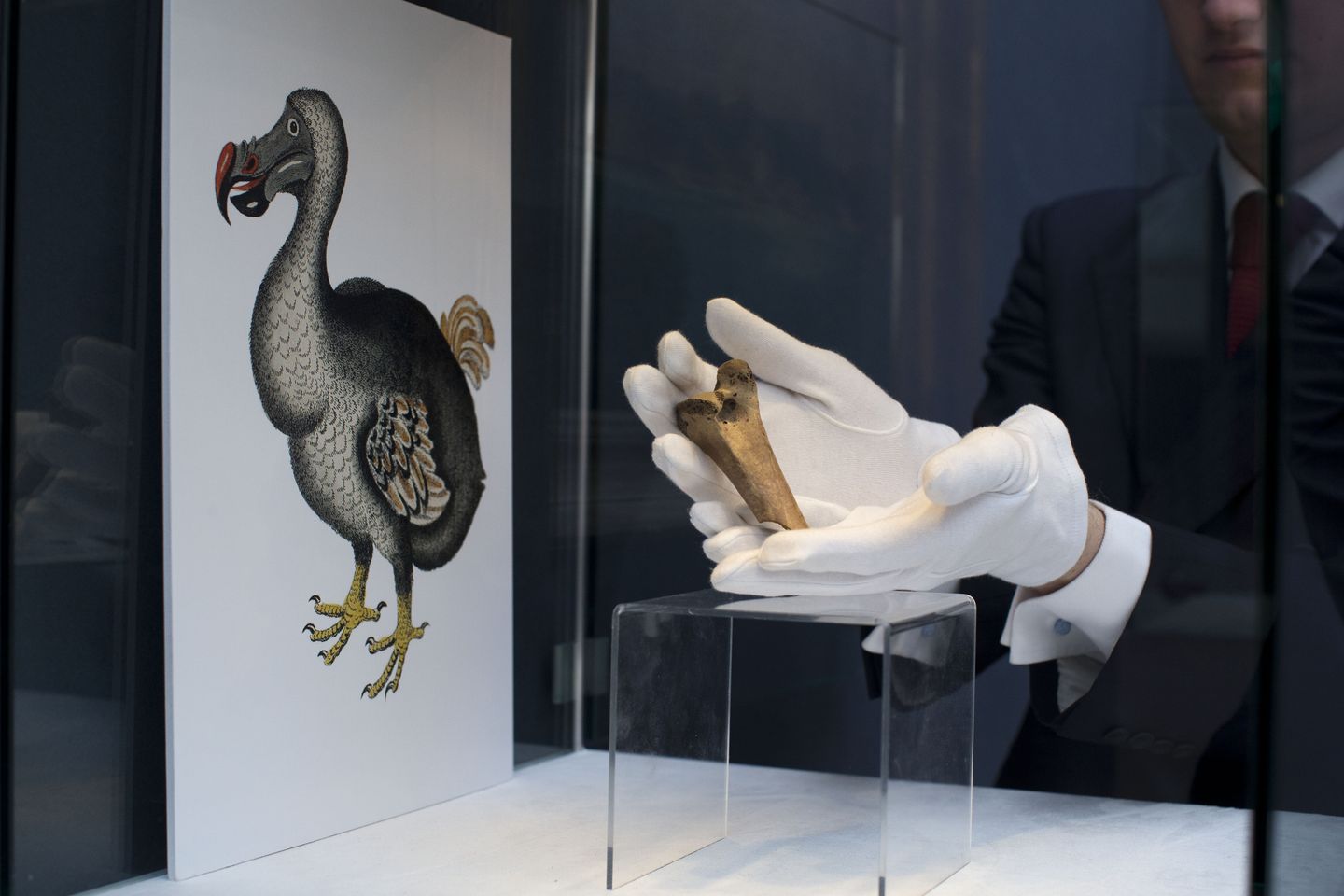Print By Brad Matthews - The Washington Times - Tuesday, January 31, 2023 Dallas-based startup Colossal Biosciences, the first company to specialize in “de-extinction,” the use of genetic engineering technology to bring back hybridized clones of extinct species, announced $150 million in new funding Tuesday devoted to bringing back the dodo. The company also has plans to bring back the wooly mammoth and a fox-like predatory marsupial, the thylacine or Tasmanian tiger. If successful, the specimens will be reintroduced into the wild and returned fully to the ecosystem.
“Colossal is a new symbol for hope in species preservation and conservation. Their de-extinction achievements are making it possible for ecosystems to return to their intended state, which is an incredible breakthrough in biodiversity,” said Colossal investor Erik Anderson. The dodo was a flightless bird native to the Indian Ocean island of Mauritius, off the coast of Madagascar.
Made known to the wider world by marooned Dutch sailors on the island in 1598, the dodo had no fear of humans due to the lack of native predators on the island. By 1662, the dodo was extinct, its ground-level nests an easy target for introduced, invasive species like the pig, rat, and crab-eating macaque. If the project for the dodo succeeds, the plan is to rewild the species in its original habitat of Mauritius.
“The dodo is a prime example of a species that became extinct because we – people – made it impossible for them to survive in their native habitat … as the first to fully sequence the dodo’s genome, I am thrilled to collaborate with Colossal and the people of Mauritius on the de-extinction and eventual re-wilding of the dodo,” Colossal Scientific Advisory Board Beth Shapiro said in a company announcement. De-extinction uses DNA from preserved samples of extinct species, as well as DNA from close living relatives. For the dodo, the closest relative is the Nicobar pigeon; for the wooly mammoth also being worked on by Colossal, African and Asian elephants are used.
“Once a species is extinct, it’s really not possible to bring back an identical copy. The hope is that we can use, first, comparative genomics so we can get at least one, and hopefully more, dodo genomes that we can use to look and see how dodos are similar to each other, and different from things like the solitaire,” or Nicobar pigeon, Ms. Shapiro told Motherboard.
Technologies developed as part of the potential de-extinction process could eventually have uses for human beings as well. Colossal CEO Ben Lamm told Axios that “growing humans ex utero, full gestation, I do think at some point that technology is inevitable,” although he noted that ethical concerns would drive more resources towards improving in-vitro fertilization in the interim. • Brad Matthews can be reached at bmatthews@washingtontimes.
com . Copyright © 2023 The Washington Times, LLC. Click here for reprint permission .
Please read our comment policy before commenting. Click to Read More and View Comments Click to Hide.

